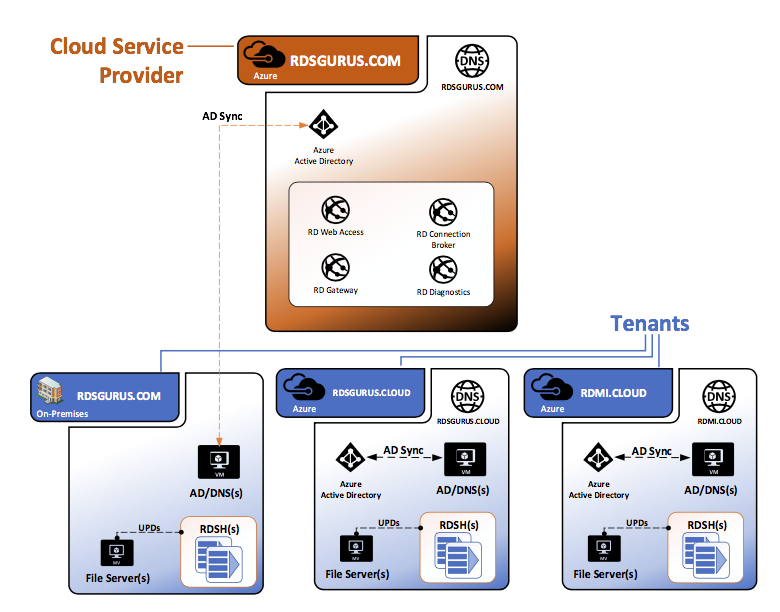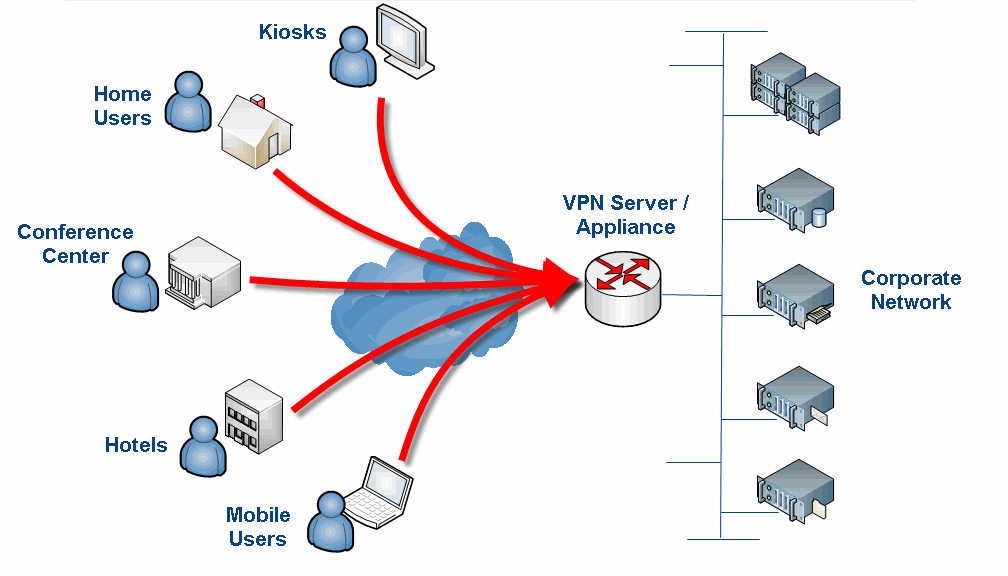

- #Secure multitenancy windows server 2008 security install
- #Secure multitenancy windows server 2008 security update
- #Secure multitenancy windows server 2008 security full
- #Secure multitenancy windows server 2008 security password
In our example, our full host name is, and our primary DNS suffix is. Since we are starting from scratch, we select a new forest.
#Secure multitenancy windows server 2008 security install
As part of the process, be sure to install the DNS server when the option is given. When the install is complete, run the Active Directory Domain Services Installation Wizard (dcpromo.exe). I have found it simplest to install only the Active Directory Domain Services at this point, not both the DNS Server and Active Directory Domain Services. Select Active Directory Domain Services, and begin the install. If you do, then be sure the DNS is built first. We can put these on separate hosts if we wish. We will install both our DNS Server and our Domain Controller on the same host. Select “Add Roles” from Initial Configuration Tasks.
#Secure multitenancy windows server 2008 security update
Our machine is not on the Internet, so there is no way for us to update the server. In this example, we set Computer Name = “Ephebe” with the full computer name “”.ĭo not change the domain / workgroup settings, and then reboot. Change the computer name and press more to choose the primary DNS suffix for the domain. Return to “Initial Configuration Tasks” and select “Provide computer name and domain”. We could use one of our existing DNS Servers here if we wanted. Leave DNS blank for now- we will be setting up this machine as a DNS server. Specify the IP address of your machine (in my example, this is 192.168.1.30), the subnet mask (in my example 255.255.255.0), and the default gateway (in my example, this is 192.168.1.1). Uncheck Internet Protocol Version 6 we don’t need IPv6 in classĬlick on Internet Protocol Version 4 → Properties.

Select “Configure Networking” and from the list of network connections, right click on Local Area Connection and select Properties. Windows Server 2008 prefers (almost requires) a static IP. Once the system boots for the first time, you will be presented with a list of initial configuration tasks similar to the following:

I wonder- could that be a bad thing? Computer Information The system also has an Administrator user with a blank password. The system is set up to automatically have that user log in with that password.
#Secure multitenancy windows server 2008 security password
The default created user is “Sam Vimes” with the usual class password of “password1!”. isos (available to the students in class) using the default installation. I want to know if anyone thinks that this isn't a viable option? Would anyone do it differently or what would you tweak.In these notes, we will start with the stock install of Windows 2008 R2 Datacenter (x86-64) provided in the classroom laboratory. Please disregard needs for DR (clusterng and farms) for now. The users will be tied down with GP and firewalls will One URL for all my clients, one RDGATEWAY to manage and security of having each client on their own application server on their own subnet. This is the best way I found that this could happen. When a user logs into the inital rdgateway web access they go straight to their allowed apps on the relevent server, when they click the icon it will prompt them for credentials which must be entered with the tenantx.local domain prefix and then they are To secure this with SSL I have had to use a certificate with a CN of and additional SAN's of, & Using the RAP & CAP policies on RDGATEWAY I have allowed connections from user 'billy' to be able to use network resource and for user 'joanne' to be able to use network resource User 'joanne' has been setup with the same username and credentials on tenant2.local & gateway.local User 'billy' has been setup with the same username and credentials on tenant1.local & gateway.local To get this working I had to setup a secondary DNS zone on the relevent domains. Tenant2.local outgoing trust to gateway.local Tenant1.local outgoing trust to gateway.local The way I have this working at the moment is a one way trust between each tenant domain and the gateway domain. This server will be running RD Connection Broker/host services and the Client's Application through RD Webapp. This server will be running RDGATEWAY and has external traffic to port 443 on forwarded to nic0 from firewall (NAT). Servers involved are all Windows 2008 r2 (virtualised or hard) So basically a user logs into the Gateway and will then be presented with apps (RD Webapps) from their server but because this is multi tenant the client servers need to be their own domain I want to use one url that allows multi tenant access. Can someone offer up advice on this solution, I just want to run it us Techies to get a general opinion.


 0 kommentar(er)
0 kommentar(er)
